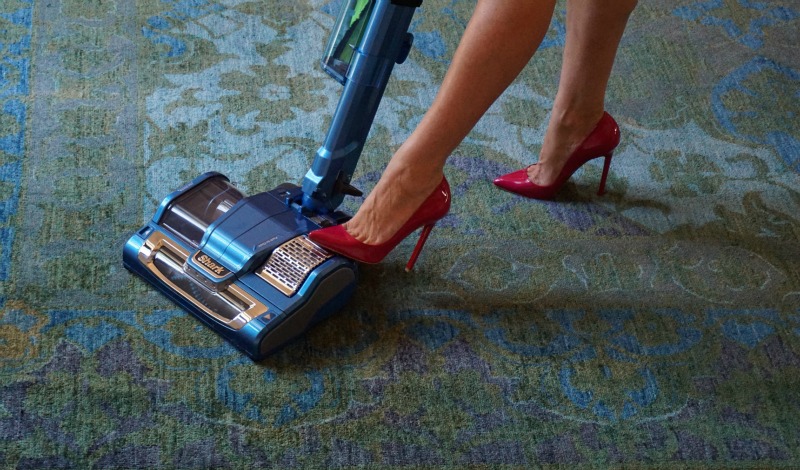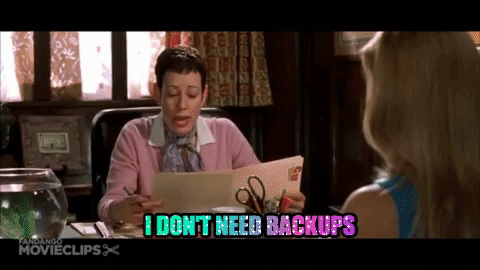The age-old question ‘is political process always a pendulum swinging from one extreme to the other or is it possible to find sensible moderate policies?’ has plagued the minds of many in response to the rising tension between opposing views in the political environment of the United States. Due to the extreme polarization of political views the question we must ask ourselves now is, is the media responsible for the push that keeps the momentum going?
It is expected that the relationship between the government and media in U.S. society “involves balancing the protection of free expression by limiting government intervention with the protection of the public interest by using government intervention” (Copeland and Feezell, 2017). This concept entails an extremely fine balance which is tested almost daily in the current political and social landscape with both side weighing in on who is responsible for the current imbalance.

 (Fox, 2019)
(Fox, 2019)
The research question I have formulate is; “Is the behaviour of the media in the United States the catalyst for extreme polarization of political views?”This is an important question to explore as this topic possesses both great political and social significance and consequences.
This topic is significant because it is such a prominent issue that is affecting the whole of society and having increasingly negative social effects. Evidence of this is unfortunately not hard to find as it surfaces with acts of violence fueled by differences in political party preference. An example of this is when a ‘clash between Donald Trump supporters and opponents turned ugly when a demonstrator pepper sprayed five people, including two young girls aged 8 and 11, at a Trump demonstration in California’.
 (The Guardian, 2016)
(The Guardian, 2016)
This is also a very hot topic as the United States is an instrumental and influential player throughout the world regarding economy, trade, military etc. Due to this influence, what happens there spikes the interest of many as inevitably it affects many aspects of life across the globe.
The general public views what happens through the lens of the media and consequently, how the media choose to communicate the information they receive. In account of this, it is essential to investigate the potential that the media has as a key factor in driving the conflict and polarizing society in the United States resulting in a vast divide within the country.
 (Pew Research Center, 2019)
(Pew Research Center, 2019)
It is impossible to ever know if the potential actions of the media contributing to this issue are intentionally incurred or not. However, despite this we are still able to uncover potential bias, intent behind story (what angle or spin) and perhaps most importantly how two different networks of opposing political alignments can present the same factual, information in completely opposite directions. I propose to conduct this research and attempt to answer the posed question by formulating a case study which looks at two major news networks in the United States with contrasting political affiliations.
To gain a true understanding of the extent to which the media provokes this divide it is important to look at two to three events that have occurred and analyse the way these two different news networks have chosen to communicate the message to the public. For the purpose of this study I have chosen to focus on the news networks CNN (left wing) and Fox News (right wing).
MSNBC was originally considered as the preferable right wing news network for this study as it has received similar ratings to the Fox new network, however, MSNBC has been directly linked to blatant fake news and bias and therefor compromises the integrity of this study which is to subjectively observe and conduct analysis of networks the US public “trust” and how this less obvious bias has led to the extreme polarization of America. This preliminary decision may be revised when conducting research for the final project.

Most stories regarding politics in the United States have been centered around the controversial 45thand current President, Donald Trump. Choosing stories that have a direct relation to Trump (comments, statements, tweets etc.) create a predisposed bias, therefore this study will focus on an action or event of a serious nature that has taken place and perhaps one “inconsequential” event or one that has no direct correlation to the action taken by the United States (e.g. recent New Zealand mosque massacre). This is to see how the media responds using the same set of information. For example, how serious do the two different media sources suggest the event is and how devastating do they insinuate the response of the current American government is to said event.
A similar study to the one I am proposing was published in 2016.The study investigated how 15 different US news outlets, over a period of twelve months, selected and framed political issues. It was found that “with the exception of political scandals, major news organizations present topics in a largely nonpartisan manner, casting neither Democrats nor Republicans in a particularly favorable or unfavorable light” (Budak, Goel and Rao, 2016). Although the political terrain in the United States has changed greatly since the inauguration of Donald Trump in 2017, I still found this article helpful in how to approach the subject matter. The study has aided me greatly in defining the scope and subject contents to conduct research regarding the research question; is the behaviour of the media in the United States the catalyst for extreme polarization of political views?
Similar studies I will be referring to throughout my research process include Matthew A. Baum and Tim Groeling’s work on ‘New Media and the Polarization of American Political Discourse’ where they compare different news sources judgements regarding the 2006 mid-term election (looking at stories published both pre and post). I will also be reviewing a study conducted by Westwood and Iyengar (2014) which examines the “scope and consequences of affective polarization of partisans using implicit, explicit, and behavioral indicators” to gain further understanding as to why this topic has such an important and severe social impact.
References
Adweek.com. (2019). 2018 Ratings. [online] Available at: https://www.adweek.com/tvnewser/2018-ratings [Accessed 10 Mar. 2019].
Baker, S. (2019). Political Ideology A Polarizing Factor in Media Trust, Social Interaction – IVN.us. [online] IVN.us. Available at: https://ivn.us/2014/10/27/political-ideology-a-polarizing-factor-in-media-trust/ [Accessed 11 Mar. 2019].
Baum, M. and Groeling, T. (2008). New Media and the Polarization of American Political Discourse. Political Communication, 25(4), pp.345-365.
Budak, C., Goel, S. and Rao, J. (2016). Fair and Balanced? Quantifying Media Bias Through Crowdsourced Content Analysis. Public Opinion Quarterly, 80(S1), pp.250-271.
Copeland, L. and Feezell, J. (2017). The Influence of Citizenship Norms and Media Use on Different Modes of Political Participation in the US. Political Studies, 65(4), pp.805-823.
Fox, M. (2019). Trump’s extreme rhetoric against the press is ‘dangerous,’ says New York Times CEO. [online] CNBC. Available at: https://www.cnbc.com/2019/02/06/trumps-extreme-rhetoric-against-the-press-is-dangerous-ny-times-ceo.html [Accessed 11 Mar. 2019].
Pew Research Center (2019). Republicans and Democrats have grown further apart on what the nation’s top priorities should be. [online] Pew Research Center. Available at: http://www.pewresearch.org/fact-tank/2019/02/05/republicans-and-democrats-have-grown-further-apart-on-what-the-nations-top-priorities-should-be/ [Accessed 12 Mar. 2019].
the Guardian. (2016). Pepper spray flies at Donald Trump rally in Anaheim – video. [online] Available at: https://www.theguardian.com/us-news/video/2016/apr/27/pepper-spray-flies-donald-trump-rally-anaheim-california-video [Accessed 10 Mar. 2019].
Westwood, S. and Iyengar, S. (2014). Fear and Loathing across Party Lines: New Evidence on Group Polarization. American Journal of Political Science, 59(3), pp.690-707.



